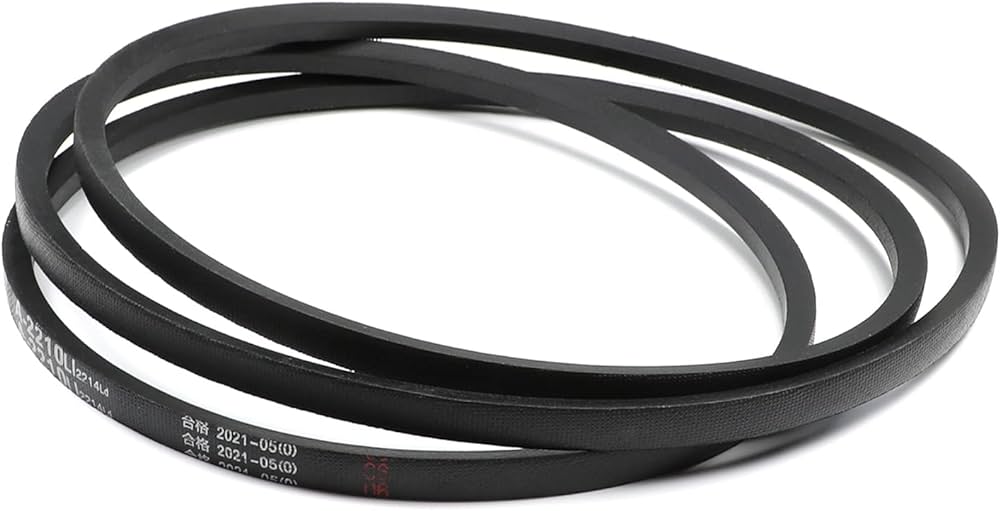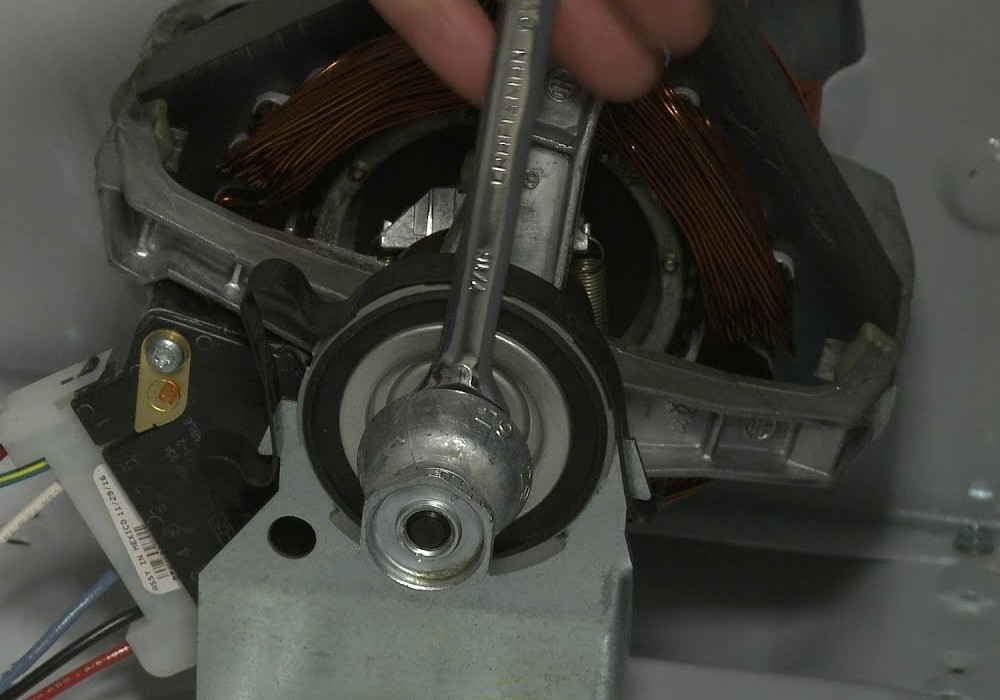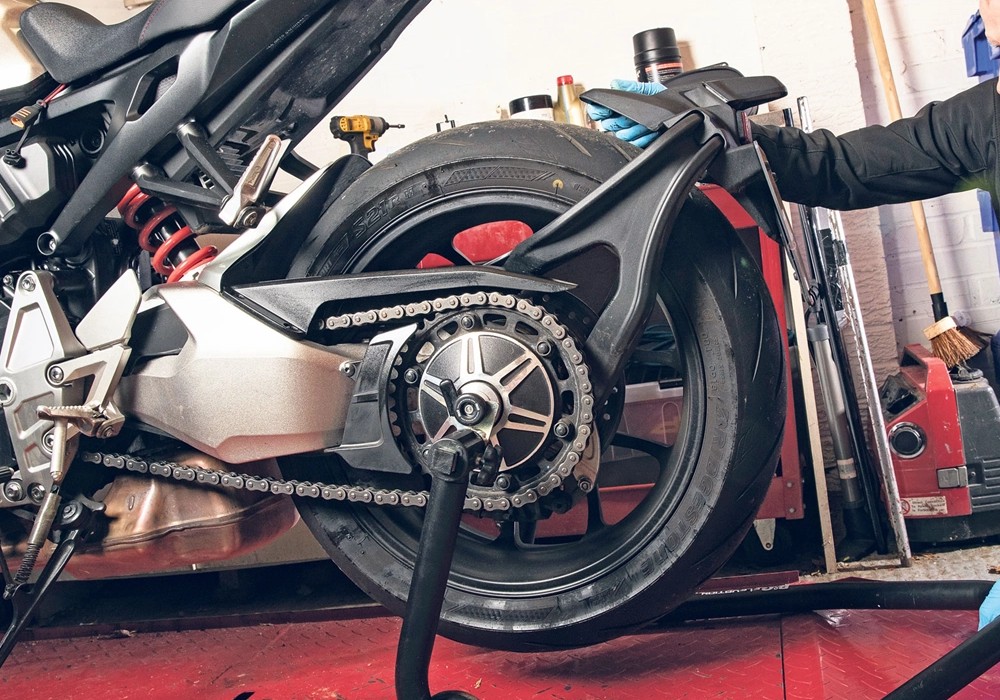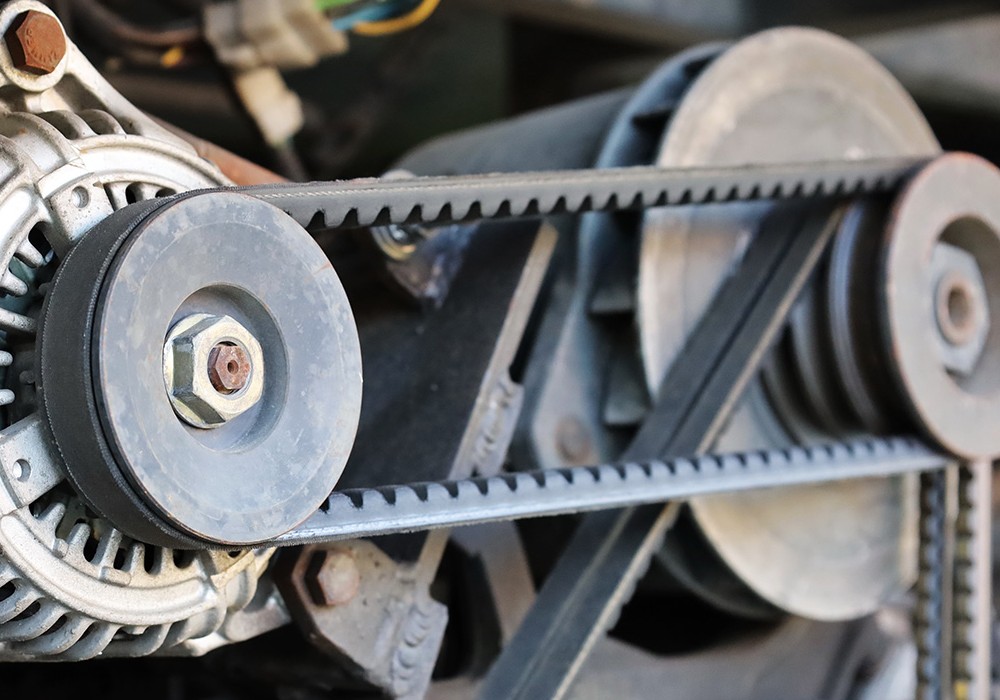V-belts are fundamental components in power transmission systems, offering efficiency and reliability in various industrial applications. When choosing between cogged and smooth V-belts, understanding their differences, advantages, and suitable applications is crucial.
Smooth V-Belts:
Smooth V-belts, also known as standard V-belts, have a flat surface on the inside, providing a constant contact area with the pulley. They are made of rubber and reinforced with fabric cords, offering flexibility and durability.
Advantages of Smooth V-Belts:
- Quiet Operation: Smooth V-belts run silently due to their uniform contact surface, reducing noise levels in machinery.
- Versatility: They are suitable for a wide range of applications, including light to moderate loads in industrial settings.
- Cost-Effectiveness: Smooth V-belts are generally more economical compared to cogged belts.
Applications of Smooth V-Belts:
- HVAC systems
- Light-duty industrial machinery
- Conveyors for moderate loads
Cogged V-Belts:
Cogged V-belts feature notches or cogs on the inner surface. These cogs allow the belt to flex and bend more easily around smaller diameter pulleys, reducing bending resistance and improving heat dissipation.
Advantages of Cogged V-Belts:
- Higher Efficiency: Reduced bending resistance leads to less heat buildup, resulting in improved efficiency.
- Better Grip: Cogs increase the belt’s surface area in contact with the pulley, enhancing traction and reducing slipping.
- Enhanced Heat Dissipation: The notches aid in dissipating heat generated during operation, prolonging belt life.
Applications of Cogged V-Belts:
- High-speed machinery
- Serpentine belt systems
- Heavy-duty industrial equipment
Choosing Between Cogged and Smooth V-Belts:
- Speed Requirements: Cogged belts perform better at higher speeds due to reduced slippage and improved heat dissipation.
- Load Demands: For heavier loads and high-torque applications, cogged belts offer better traction and efficiency.
- Space Limitations: In systems with limited space or smaller pulleys, cogged belts are advantageous due to their flexibility.
The choice between cogged and smooth V-belts depends on specific application requirements. While smooth belts offer versatility and cost-effectiveness for general applications, cogged belts excel in high-speed, high-torque, and heavy-load situations, providing improved efficiency and traction.
CONTINUE READING
Related Posts
A motor pulley is a component used in belt-driven systems that helps transmit power from an electric motor to a […]
A bad engine pulley can make different types of noises such as a whining noise, screeching noise, squeaking noise, or […]
Motor belts and pulleys are components used in power transmission systems to transfer power from a motor to other rotating […]





